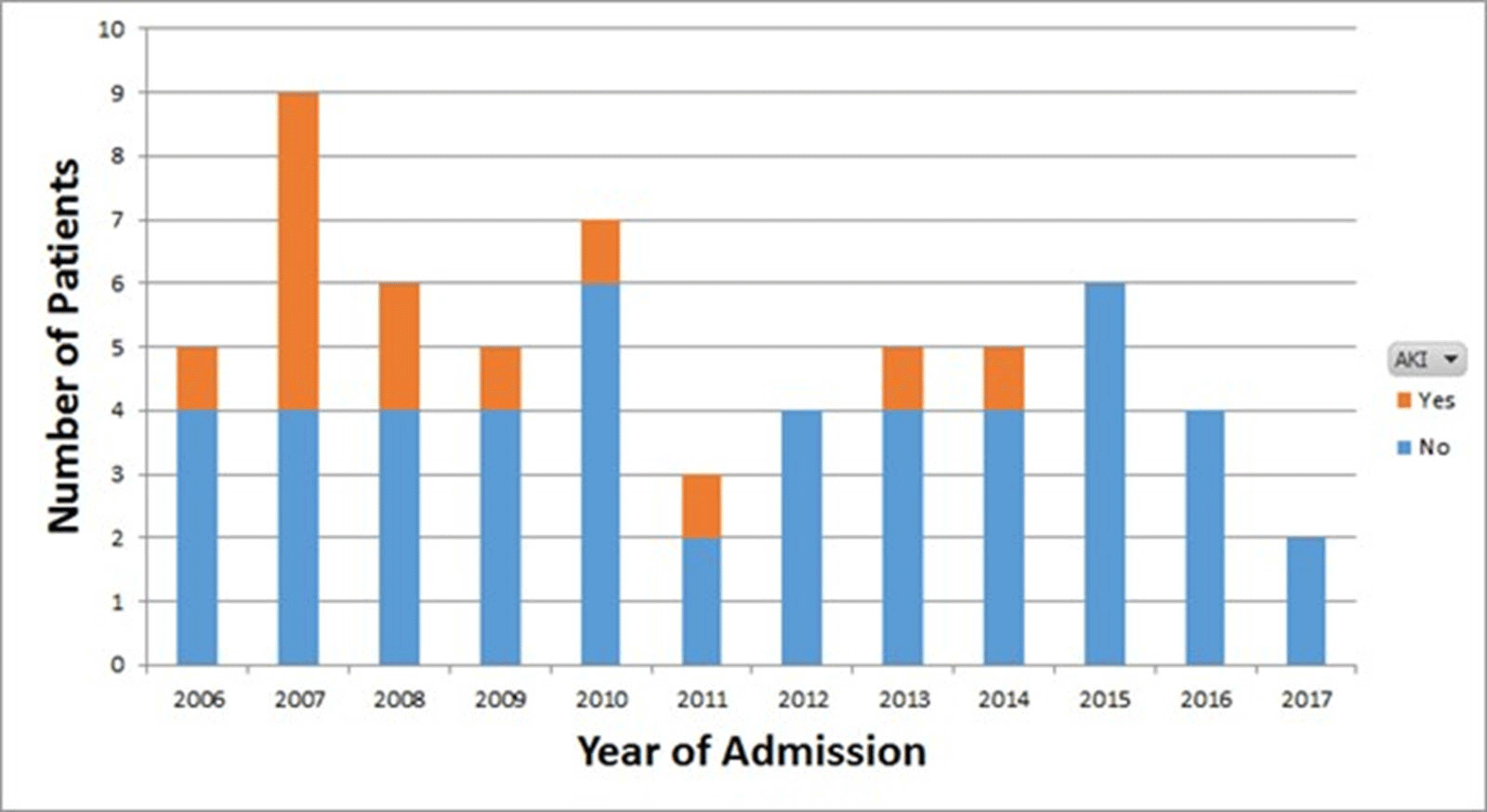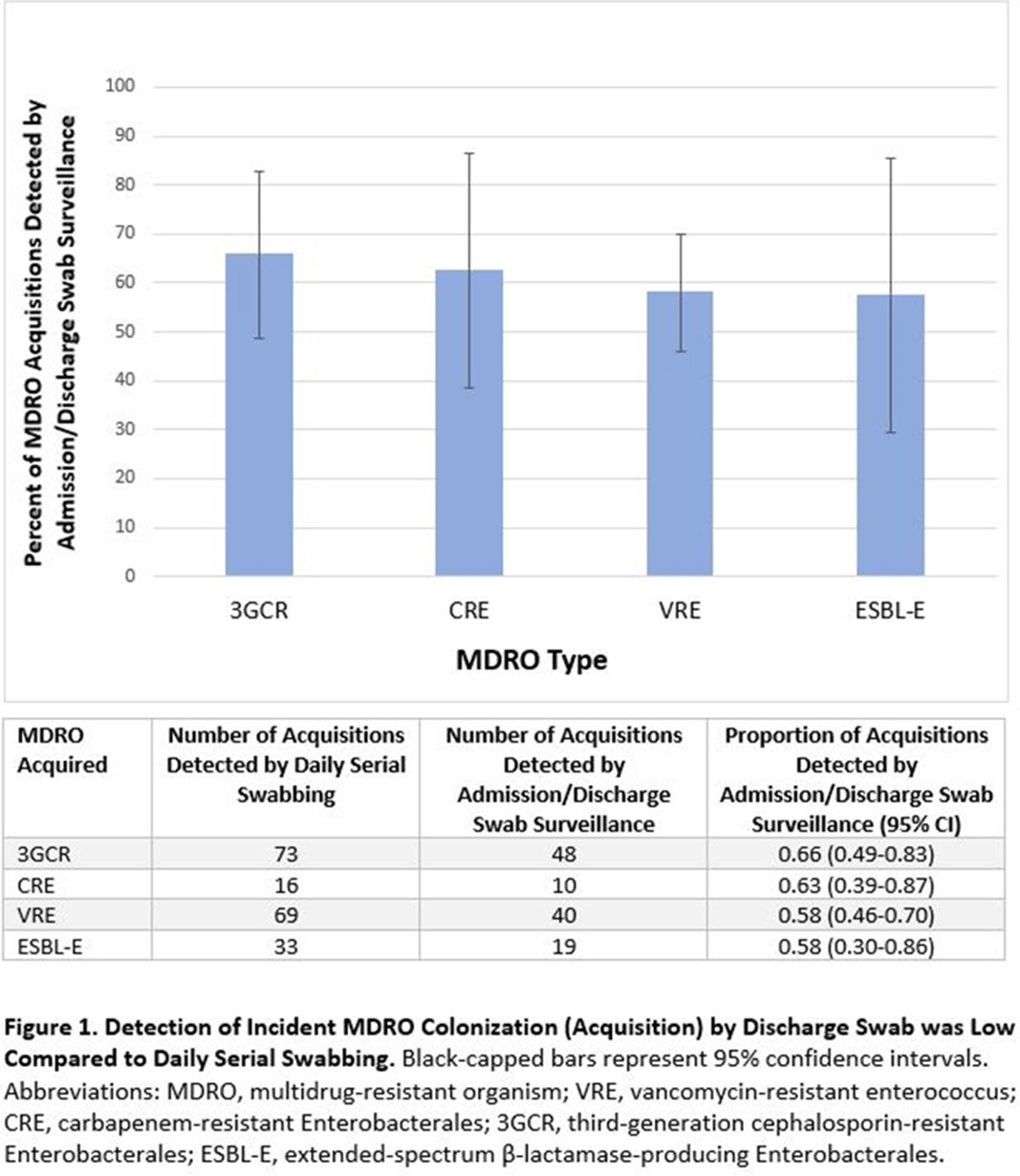373 results
Interrelationships of Physical and Chemical Properties of Kaolinites
-
- Journal:
- Clays and Clay Minerals / Volume 14 / February 1966
- Published online by Cambridge University Press:
- 01 July 2024, pp. 331-346
-
- Article
- Export citation
Mineralogy and Geology of the Maungaparerua Halloysite Deposit in New Zealand
-
- Journal:
- Clays and Clay Minerals / Volume 25 / Issue 1 / February 1977
- Published online by Cambridge University Press:
- 01 July 2024, pp. 1-5
-
- Article
- Export citation
Childhood adversity and mental health admission patterns prior to young person suicide (CHASE): a case-control 36 year linked hospital data study, Scotland UK 1981–2017
-
- Journal:
- BJPsych Open / Volume 10 / Issue 4 / July 2024
- Published online by Cambridge University Press:
- 03 June 2024, e124
-
- Article
-
- You have access
- Open access
- HTML
- Export citation
Strategies used for the COVID-OUT decentralized trial of outpatient treatment of SARS-CoV-2
-
- Journal:
- Journal of Clinical and Translational Science / Volume 7 / Issue 1 / 2023
- Published online by Cambridge University Press:
- 07 November 2023, e242
-
- Article
-
- You have access
- Open access
- HTML
- Export citation
Climate, Weather Extremes and Health: Latest WHO-WMO Resources and Tools for Health Emergency Managers
-
- Journal:
- Prehospital and Disaster Medicine / Volume 38 / Issue S1 / May 2023
- Published online by Cambridge University Press:
- 13 July 2023, p. s64
- Print publication:
- May 2023
-
- Article
-
- You have access
- Export citation
Parole, where psychiatry meets public protection
-
- Journal:
- BJPsych Advances / Volume 30 / Issue 2 / March 2024
- Published online by Cambridge University Press:
- 23 March 2023, pp. 97-105
- Print publication:
- March 2024
-
- Article
- Export citation
Cannabis use and psychotic disorders in diverse settings in the Global South: findings from INTREPID II
-
- Journal:
- Psychological Medicine / Volume 53 / Issue 15 / November 2023
- Published online by Cambridge University Press:
- 23 March 2023, pp. 7062-7069
-
- Article
-
- You have access
- Open access
- HTML
- Export citation
Expanding mental health services in low- and middle-income countries: A task-shifting framework for delivery of comprehensive, collaborative, and community-based care
-
- Journal:
- Cambridge Prisms: Global Mental Health / Volume 10 / 2023
- Published online by Cambridge University Press:
- 27 February 2023, e16
-
- Article
-
- You have access
- Open access
- HTML
- Export citation
Urbanicity and rates of untreated psychotic disorders in three diverse settings in the Global South
-
- Journal:
- Psychological Medicine / Volume 53 / Issue 14 / October 2023
- Published online by Cambridge University Press:
- 16 January 2023, pp. 6459-6467
-
- Article
-
- You have access
- Open access
- HTML
- Export citation
Collective bargaining for paid parental leave in Australia 2005–2010: A complex context effect
-
- Journal:
- The Economic and Labour Relations Review / Volume 25 / Issue 1 / March 2014
- Published online by Cambridge University Press:
- 01 January 2023, pp. 47-62
-
- Article
- Export citation
Financialisation and inequality in Australia
-
- Journal:
- The Economic and Labour Relations Review / Volume 28 / Issue 4 / December 2017
- Published online by Cambridge University Press:
- 01 January 2023, pp. 519-537
-
- Article
- Export citation
Life events and psychosis: case–control study from India, Nigeria, and Trinidad and Tobago
-
- Journal:
- BJPsych Open / Volume 8 / Issue 5 / September 2022
- Published online by Cambridge University Press:
- 16 September 2022, e168
-
- Article
-
- You have access
- Open access
- HTML
- Export citation
Chapter 21 - A Dynamical Systems Perspective on Thalamic Circuit Function
- from Section 9: - Computation
-
-
- Book:
- The Thalamus
- Published online:
- 12 August 2022
- Print publication:
- 01 September 2022, pp 401-415
-
- Chapter
- Export citation
GASKAP-HI Pilot Survey Science III: An unbiased view of cold gas in the Small Magellanic Cloud
-
- Journal:
- Publications of the Astronomical Society of Australia / Volume 39 / 2022
- Published online by Cambridge University Press:
- 05 August 2022, e034
-
- Article
-
- You have access
- Open access
- HTML
- Export citation
Epidemiology and genomics of a slow outbreak of methicillin-resistant Staphyloccus aureus (MRSA) in a neonatal intensive care unit: Successful chronic decolonization of MRSA-positive healthcare personnel
-
- Journal:
- Infection Control & Hospital Epidemiology / Volume 44 / Issue 4 / April 2023
- Published online by Cambridge University Press:
- 16 June 2022, pp. 589-596
- Print publication:
- April 2023
-
- Article
- Export citation
6 - Macroeconomics before Microeconomics
-
-
- Book:
- Pasinetti and the Classical Keynesians
- Published online:
- 17 February 2022
- Print publication:
- 24 February 2022, pp 157-186
-
- Chapter
- Export citation
Deep ancestry of collapsing networks of nomadic hunter–gatherers in Borneo
-
- Journal:
- Evolutionary Human Sciences / Volume 4 / 2022
- Published online by Cambridge University Press:
- 21 February 2022, e9
-
- Article
-
- You have access
- Open access
- HTML
- Export citation
The influence of tart cherries (Prunus Cerasus) on vascular function and the urinary metabolome: a randomised placebo-controlled pilot study
-
- Journal:
- Journal of Nutritional Science / Volume 10 / 2021
- Published online by Cambridge University Press:
- 13 September 2021, e73
-
- Article
-
- You have access
- Open access
- HTML
- Export citation
Successful Treatment of Invasive MRSA Infections in Children Using Area Under the Vancomycin Concentration-Time Curve Divided by the Minimum Inhibitory Concentration (AUC/MIC) to Measure Vancomycin Exposure
-
- Journal:
- Antimicrobial Stewardship & Healthcare Epidemiology / Volume 1 / Issue S1 / July 2021
- Published online by Cambridge University Press:
- 29 July 2021, p. s31
-
- Article
-
- You have access
- Open access
- Export citation
Admission and Discharge Sampling Underestimates Multidrug-Resistant Organism (MDRO) Acquisition in an Intensive Care Unit
-
- Journal:
- Antimicrobial Stewardship & Healthcare Epidemiology / Volume 1 / Issue S1 / July 2021
- Published online by Cambridge University Press:
- 29 July 2021, p. s28
-
- Article
-
- You have access
- Open access
- Export citation






